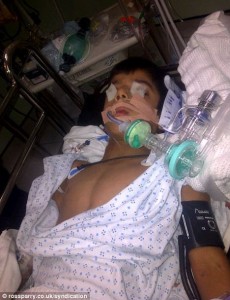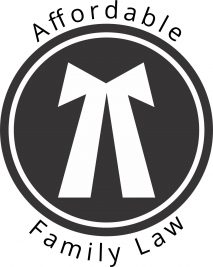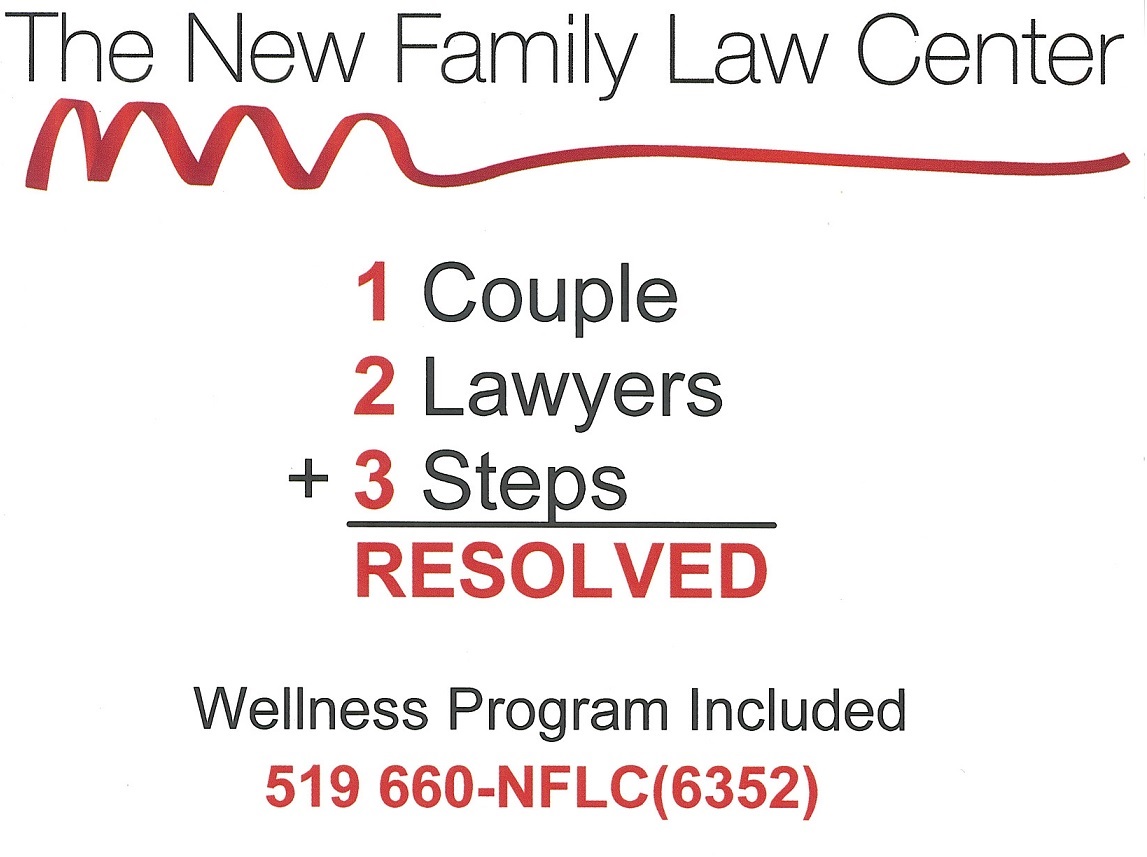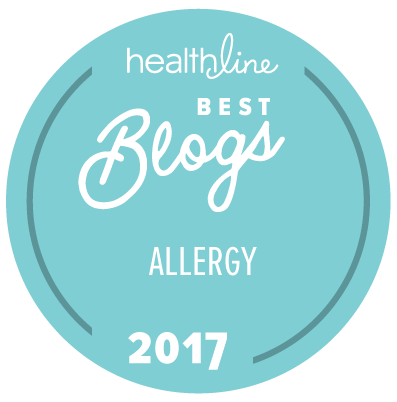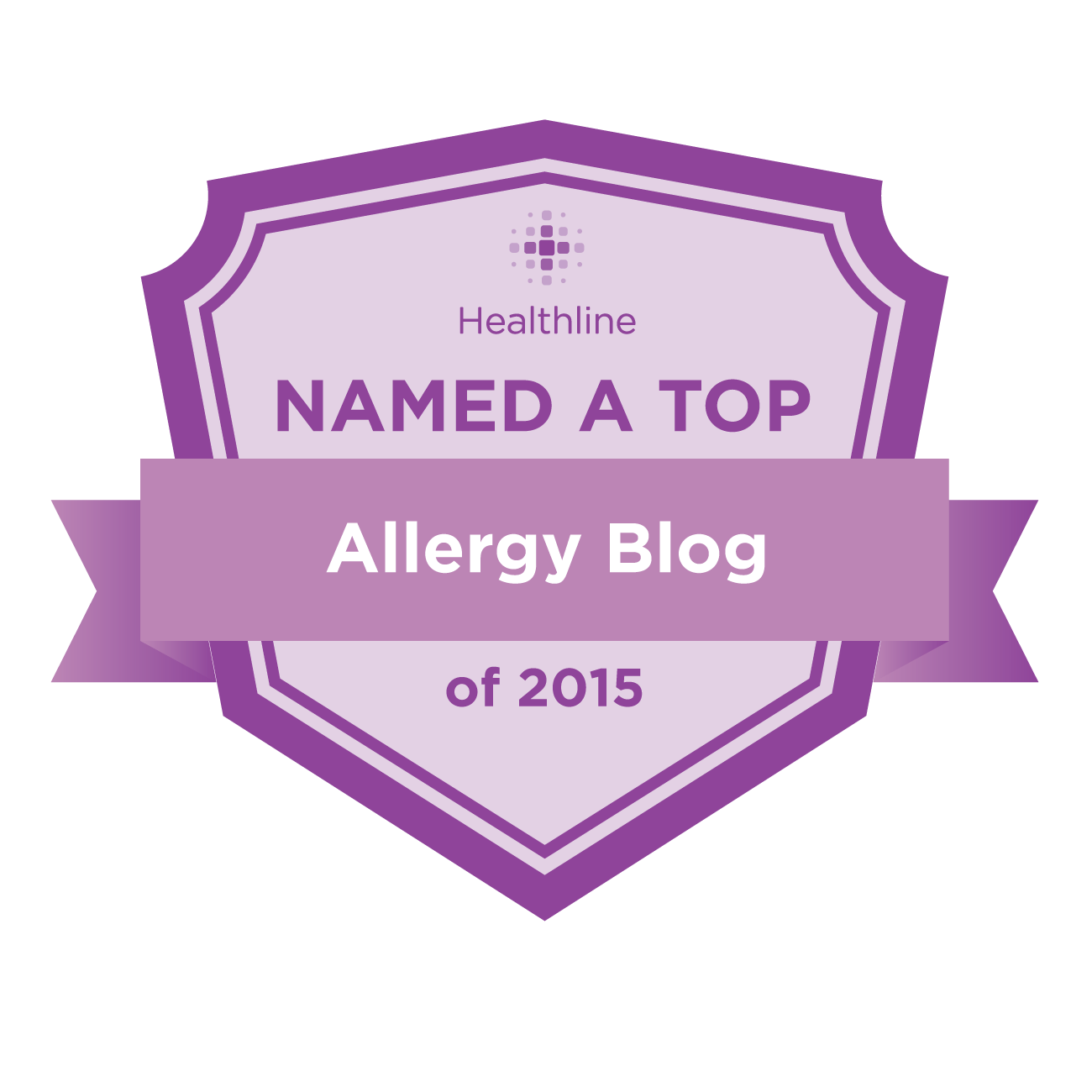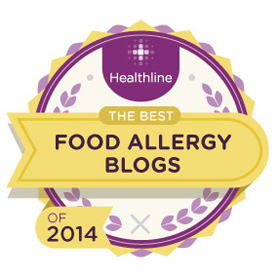I’m the parent of a child severely allergic to peanuts and tree nuts. I’m certified to provide Anaphylaxis In School Settings training through Anaphylaxis Canada. My previous background is as a Canadian lawyer.
Food Allergies – The Statistics
1 in 13 people or 8% of the population has food allergies.
Of those people, about 25% of them are allergic to peanut & tree nuts. Peanut and tree nut allergies in children more than tripled between 1997 and 2008, and no one knows why.
Peanuts & tree nuts cause more than 90% of fatalities and have a high rate of symptoms from minimal contact. 1/8000 of a peanut can induce an anaphylaxis reaction, as can the invisible residue left over after surfaces are cleaned. Only bleach destroys peanut protein. If peanut is packed in school lunches, every desk, chair, and door handle would need to be wiped down with bleach before classes could resume.
Peanut butter is unique in that the invisible oily residue is easily spread onto desks, chairs, school supplies, hands & faces, and clothing. This article on the ACAAI website by Allergist Dr. Jeffrey Miller clearly confirms that anaphylaxis (life threatening allergic shock) can occur from substances on the skin: “When trying to determine the cause of an anaphylactic reaction, physicians and patients generally consider substances that had been ingested or injected, but may fail to consider agents that had been applied to the skin. However, the systemic absorption of many topically applied substances is well known, and in fact is used as the drug delivery system of choice (via transdermal patches) for such items as nicotine, scopolamine, and hormone replacement therapy. It must therefore be remembered that any topical application that is capable of causing systemic absorption is also capable of provoking systemic IgE mediated allergy—and not just cell-mediated contact dermatitis.” To read Dr. Miller’s full article, click here.
BUT 25% of all EpiPens fired in schools are for children with no identified allergies. The school must also be concerned about the undiagnosed, unidentified, or under-managed students given the prevalence of peanut allergy.
Sabrina’s Law
Sabrina’s Law was created after the death of Sabrina Shannon from milk protein. It was her first month in high school, and she was tempted to eat in the cafeteria. A series of errors occurred: Her cafeteria workers made an error by contaminating the safe french fries with tongs used to serve poutine, she hadn’t put her EpiPen belt back on after gym class, and the school made a mistake and tried to reach her mother instead of using her EpiPen promptly.
Her mother became an allergy advocate, and the result is that:
– every publicly funded school in Ontario (and now throughout most of Canada and many U.S. States) must establish and maintain an anaphylaxis policy that includes risk management strategies and treatment strategies AND
– develop individual plans for students at risk of anaphylaxis
–> Due to the risk of exposure to peanuts and tree nuts, many schools address them in their policies and many include in their Guidelines a sample letter to parents asking them not to send in peanuts or nuts, even in trace amounts, and include a policy statement suggesting food free class celebrations.
This in no way creates a “false sense of security”. Every well educated food allergy parent knows that “nut free” cannot be policed and insured 100%. What you are creating is a trace amount of nuts environment.
Anaphylaxis or Allergic Shock, 7 Key Facts
1. It’s a reaction involving at least 2 bodily systems OR a sudden drop in blood pressure alone. It’s caused by a protein that is treated by the immune system as a foreign substance.
2. It takes only 1 to 2 minutes for a mild reaction to escalate into anaphylaxis.
3. The faster the symptoms come on, the more likely it is the reaction will be severe.
4. Even a person’s first exposure can result in anaphylaxis.
5. An EpiPen is the first-line therapy, but it doesn’t stop a reaction in its tracks. It’s always followed by an ambulance trip to emergency with observation for 4 to 6 hours and follow up care.
6. The consequences of a severe allergic reaction are brain damage or death.
7. Peanut allergy causes 90% of reported fatalities from allergic anaphylaxis.
The bodily systems that may be affected and the symptoms to watch out for are:
● Skin – itching, hives, redness, swelling
● Nose – sneezing, stuffy nose, runny nose
● Mouth – itching, swelling of lips or tongue
● Throat – itching, tightness, difficulty swallowing, hoarseness
● Chest – shortness of breath, cough, wheeze, chest pain, tightness
● Heart – weak pulse, passing out, shock
● Gastrointestinal (GI) tract – vomiting, diarrhea, cramps
● Nervous system – dizziness or fainting*
* Thank you Sloane Miller for providing the above list of body systems and symptoms.
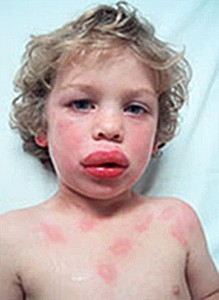
It’s much safer not to bring food into the classroom for sharing:
There were two recent tragedies in classrooms from food allergies. On 28 January 2011 Rehan Butt age 7, suffered two episodes of full cardiac arrest after a substitute teacher handed him a chocolate with a hazelnut inside it. The chocolates had been brought to the classroom by a classmate’s parent to share with the class to celebrate her child’s birthday. Rehan had a severe allergic reaction and was rushed to hospital and hooked up to a ventilator to help him breathe. His allergy was well known to staff at his school, which he’d attended for 3 years.

|
Another tragedy occurred on December 17, 2010 in a Chicago grade 7 class room. Katelyn Carlson, age 13, had a known peanut allergy as did another classmate. To celebrate the last day of school before Christmas Break, the teacher decided to order in Chinese food from a restaurant or catering company, and called ahead to ask that they not use peanuts. One peanut allergic child ate the food and was fine. Katelyn began to have trouble breathing and did not have an EpiPen prescribed to her. She waited 15 minutes for emergency crews to arrive while receiving c.p.r., and within hours she was dead.
Why Should My Child’s Classroom Be Peanut Free?
Given what you’ve just read about the reactivity of peanuts and tree nuts, the severe health consequences of exposure, and how easily well intentioned people make deadly mistakes, I sincerely hope you’re no longer asking that question.
* * If you found this post helpful, I would love for you to use the “Sharing Is Caring” bar (below) to share this post via Facebook or Twitter. If you’re reading this as an e-mail message, you need to jump over to my blog first by clicking here.
